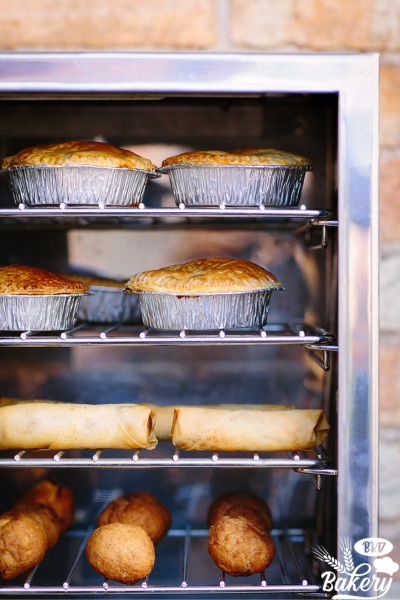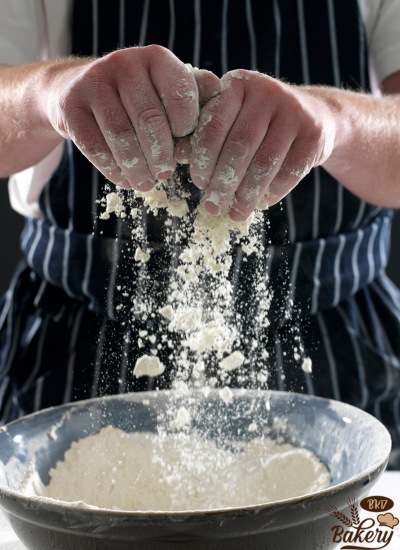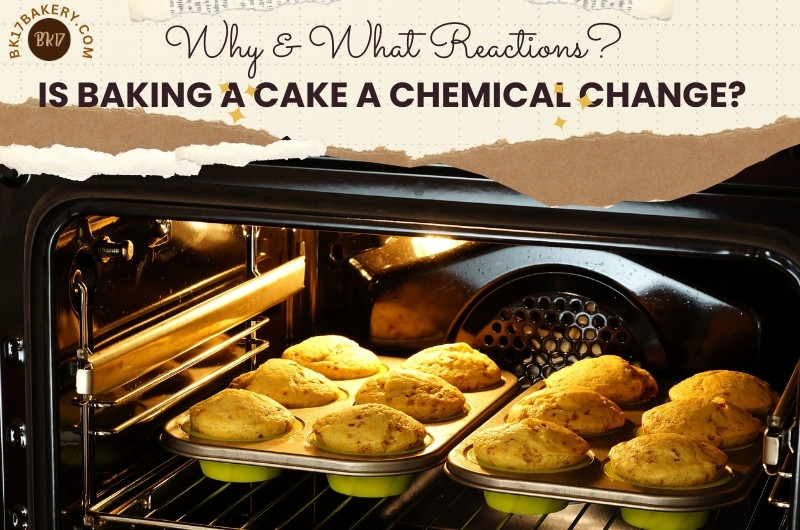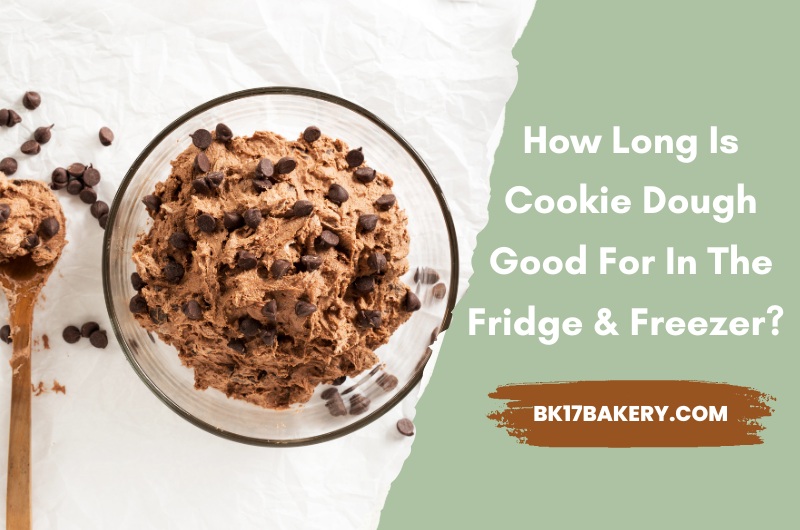Baking a cake is a cherished culinary experience that has been handed down for generations. The process involves various ingredients, skills, and techniques to create a delicious and stunning dessert. But how is baking a cake a chemical change? Check out my article to unlock the science behind this transformation.
In This Article
Is Baking A Cake A Physical Or Chemical Change?
Undoubtedly, baking goes through a chemical change. For your information, chemical change indicates the arrangement of atoms or molecules, leading to the creation of entirely new compounds.
Why Is Baking A Cake A Chemical Change?
The nature of baking is a chemical change because the basic ingredients such as eggs, milk, flour, yeast, etc., undergo several reactions to yield new substances and result in delicious pastries.
Formation Of New Substances
How is baking a cake a chemical reaction? Producing new substances is the most basic factor distinguishing between chemical and physical reactions. For instance, baking powder or baking soda come in contact with moisture and heat, releasing carbon dioxide gas. These gas bubbles promote the batter to rise and develop into a fluffy texture.
Observable Chemical Properties
Observable changes in color, odor, taste, or other properties often accompany chemical creations. These transformations strongly assert that baking is a chemical process. I cannot hide the delicious buttery smell that fills your kitchen whenever I bake something. My daughters know that delicious muffins await them right when they reach the door.
Irreversibility
Chemical changes are generally permanent, as it is impossible to revert the involved elements to their original form. When the starch molecules build up a gel-like network and maintain a sustainable structure. This covers the state transition from liquid to solid construction.
Energy Changes
Baking often involves the absorption or release of energy. For example, when exposed to heat, proteins denature. That means their structure breaks down due to the disruption of weak molecular bonds. As a result, these elements solidify.

Baking Cake Chemical Change Reactions
Leavening Agents
As mentioned earlier, leavening agents such as baking powder or baking soda react with acid as soon as they blend. This reaction produces carbon dioxide gas as a byproduct, causing the cake to rise. The same process repeats when the oven temperature reaches a certain threshold. The dough expands, and air bubbles appear.
Gluten Formation
The proteins in the cake batter engage in denaturation and coagulation when exposed to heat. Simply put, the former terms indicate the state of unfolding and altering protein structures. Meanwhile, the latter means the new establishment of a solid protein network. Consequently, cakes achieve a light, spongy and delicate texture.

Starch then absorbs moisture during baking and activates gelatinization. This process involves the swelling and hydration of starch granules, resulting in the thickening and stabilization of the cake structure.
Browning
The oven heat causes the sugars in the dough to experience caramelization. It is a complex series of reactions that involve the breakdown of sugar molecules and the formation of new compounds responsible for the golden-brown color and rich flavor of the cake crust.
Following that, the Maillard reaction happens between amino acids and reducing sugars, notably glucose or fructose. This reaction occurs at high temperatures, giving your cake a browning coat, flavor, and aroma. It also contributes to the desirable taste and appearance of the outcome.
The more sugar in the batter, the darker the color of the crust. However, it isn’t easy even for professionals to maintain consistency in the appearance of their sweet treats.
I used to spoil a lot of custard cakes just because I wanted to increase the sugar to satisfy my daughter’s sweet tooth. Unfortunately, when I failed, I had no choice but to throw them all in the trash. Not only are they ugly, but they also have a bitter taste.
Emulsification And Binding
Fats like butter or oil also go through chemical changes during baking. The heat causes fats to melt and distribute evenly throughout the batter. Through emulsification, fats interact with other ingredients, creating a stable mixture and contributing to the texture and moistness of the cake.
FAQs
What Chemical Reaction Causes A Cake To Rise?
It is due to the combination of baking powder and acid.
Is Cooking A Chemical Change?
Yes. Similar to baking, cooking results in several chemical transformations.
See more: Why Is My Bread So Dense? How to Make The Bread Softer?
Why Is Baking Not A Physical Change?
In a physical change, the substance undergoes a change in its physical state or appearance, but its chemical composition remains the same. In contrast, various chemical reactions during baking transform the ingredients into a completely different product.
Conclusion
While mixing ingredients and placing them in the oven may seem mundane, under the surface lies a captivating world of chemical reactions, each playing a vital role in the outcome. A harmonious blend of science and art transforms simple ingredients into mouth-watering delight that brings joy and indulgence to our lives. Embrace the chemical changes in baking a cake and savor the sweet rewards of your baking endeavors.







